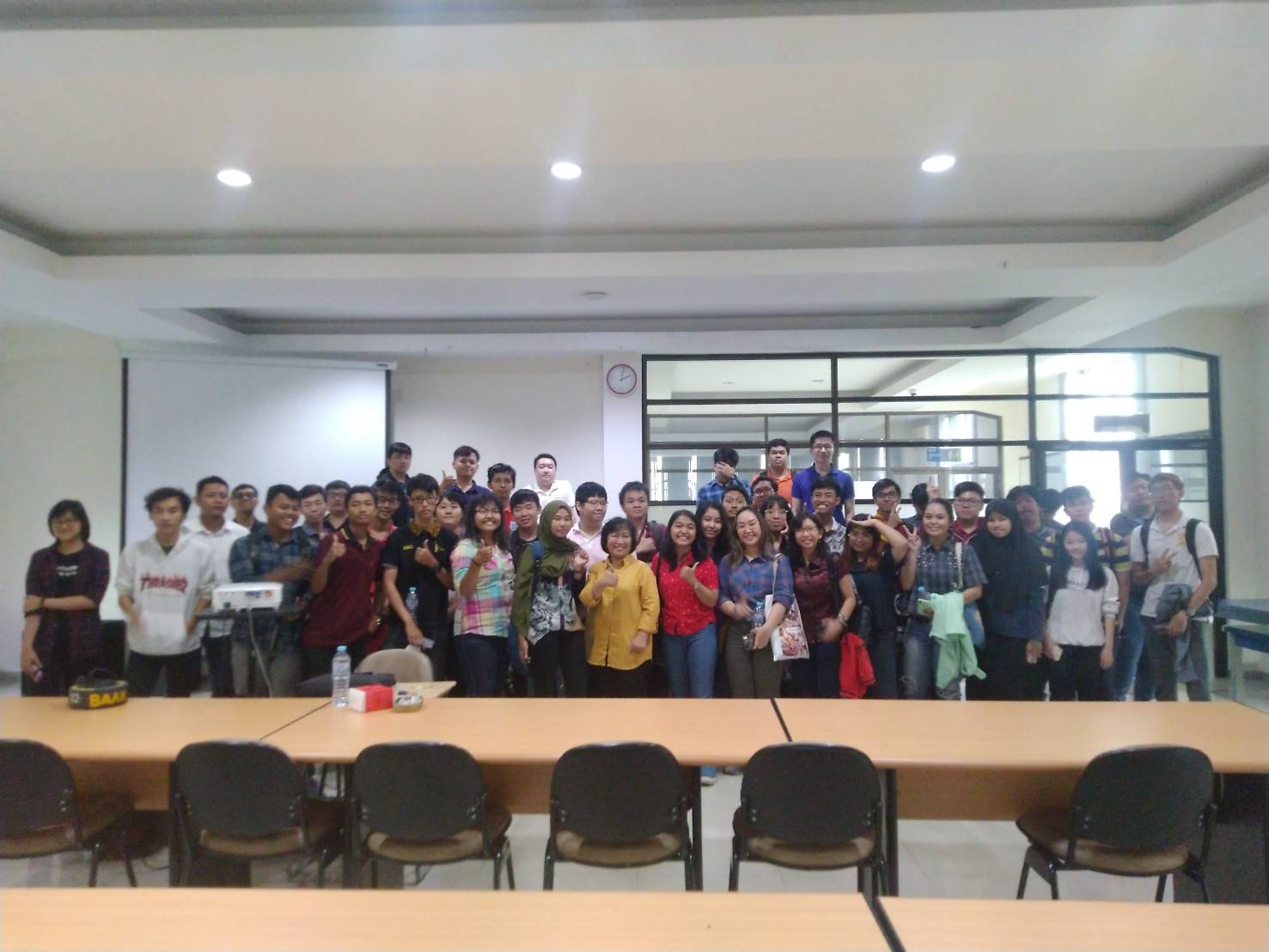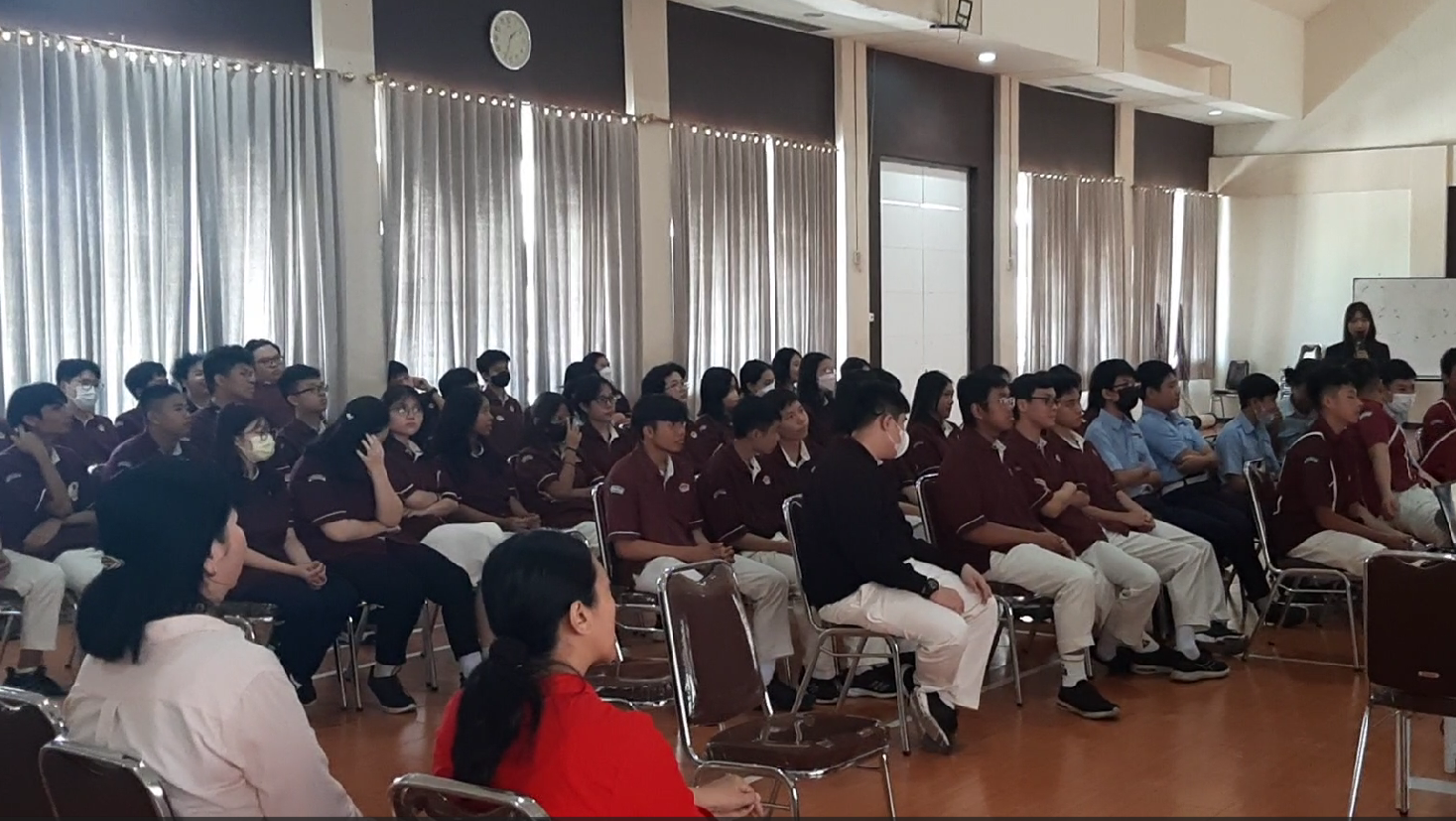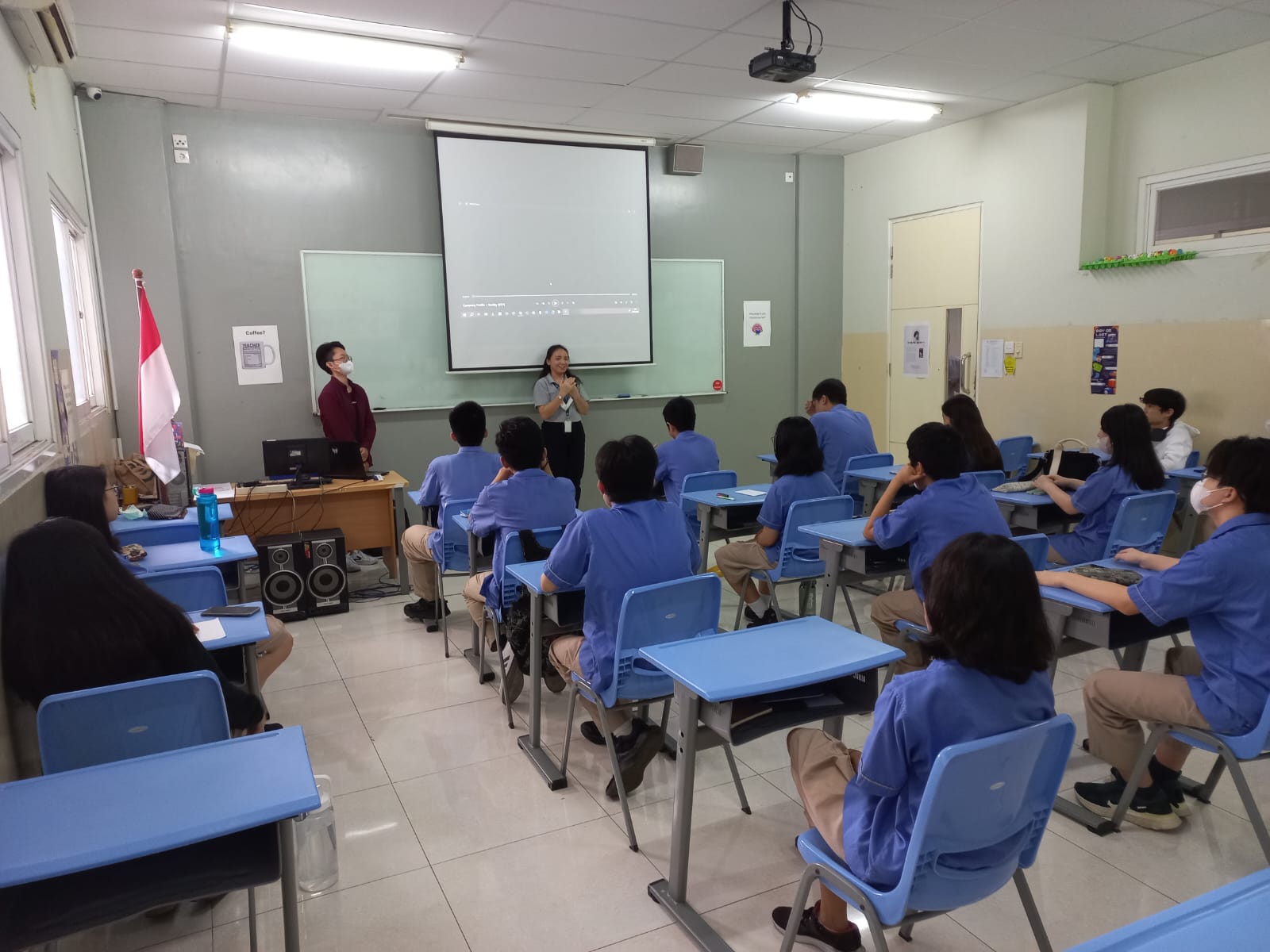
KANSEI ENGINEERING: A TOOL TRANSLATING YOUR FEELING INTO PRODUCTS
Wednesday, March 4 2020, ISTTS held a KSP (Knowledge Sharing Program) with the theme "Kansei Engineering: A Tool Translating Your Feeling into Products". This KSP was presented by Mrs. Sri Rahayu, S.T., M.T. who is one of the ISTTS S1 Product Design lecturers. This seminar was held in room E-402 and was attended by 60 ISTTS students.
The material presented was kansei themed. Kansei itself comes from Japanese, which is how we create a product by paying attention to the emotional problems of the wearer. For example, when we see an interesting product, we may have the desire to buy it. However, whether the items we buy fit our needs or are they just a collection. Therefore, a method is formed that translates customer feelings and images about a product into design elements, namely Kansei Engineering.
The problem that is often faced is how do we translate a product according to customer needs. Therefore, before making a product it is important to know the kansei word of the product. The Kansei word is a consumer's perception of preferences for needs and desires in buying products. Usually identified in the form of an adjective. Suppose we want to design a shirt. The first step, we have to do a survey to find out the kansei word from consumers about a shirt. Simple, smooth, beautiful, cool, and elegant are some examples of the kansei word a dress. The second step, distributing questionnaires in two stages. The first stage is to determine consumer assessment of products designed based on the word kansei, the second stage is to determine the effect of the word kansei on design elements based on consumer judgment. After getting some kansei words, we do filtering. If you find a kansei word that has almost the same meaning, then one of these words will be chosen.
From this KSP, it can be concluded that to make a product, the important thing that must be done is to know the customer and the market first so that the resulting product can be sold in the market.


